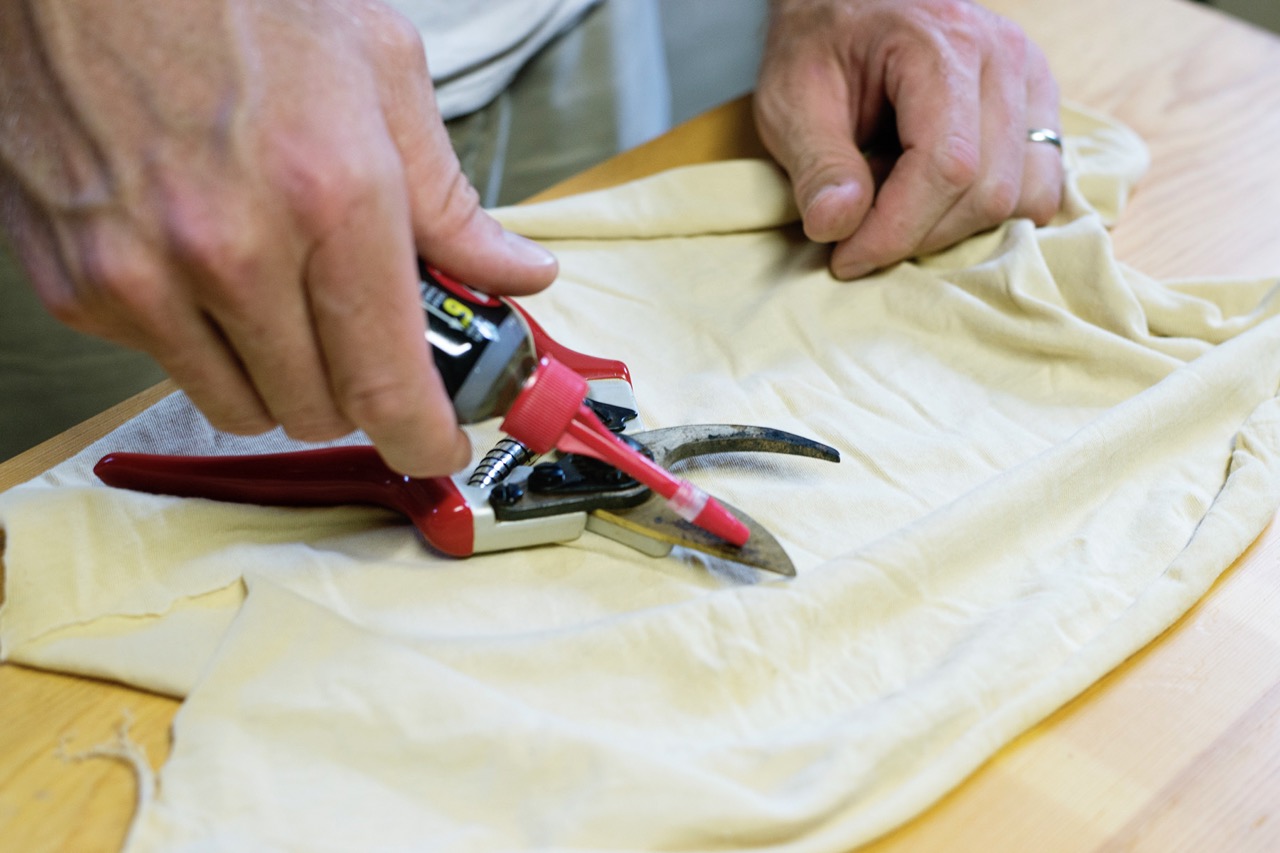

Articles
How To Clean Hand Tools
Modified: August 28, 2024
Learn effective techniques for cleaning hand tools in this informative article. Keep your tools in top condition for optimal performance.
(Many of the links in this article redirect to a specific reviewed product. Your purchase of these products through affiliate links helps to generate commission for Storables.com, at no extra cost. Learn more)
Introduction
Hand tools are an essential part of many industries and hobbies, from construction to woodworking to automotive repair. These tools help us get the job done efficiently and precisely. However, over time, our hand tools can become dirty, rusty, and less effective if not properly cleaned and maintained. Regularly cleaning and caring for your hand tools not only prolongs their lifespan but also ensures their performance and safety. In this article, we will explore the importance of cleaning hand tools, provide safety precautions to follow, list the basic tools and supplies needed for cleaning, and guide you through the step-by-step process of cleaning and maintaining your hand tools.
Key Takeaways:
- Regularly cleaning hand tools ensures optimal performance, prevents rust, and enhances safety, durability, and contamination prevention. Prioritize safety, gather basic cleaning supplies, and follow a step-by-step cleaning process for effective maintenance.
- Specialized hand tools require specific cleaning methods for optimal functionality. From electrical and woodworking tools to garden and precision tools, follow manufacturer guidelines and use appropriate cleaning agents to maintain their condition and performance.
Read more: How To Clean Antique Hand Tools
Importance of Cleaning Hand Tools
Cleaning hand tools is not just a matter of aesthetics; it is crucial for their overall functionality and longevity. Here are some compelling reasons why cleaning your hand tools should be a top priority:
- Maintaining Performance: Dust, dirt, and debris can accumulate on the surface and inside the mechanisms of hand tools, hindering their performance. Regular cleaning removes these particles and ensures smooth operation, allowing you to work efficiently and achieve optimal results.
- Preventing Rust and Corrosion: Exposure to moisture can lead to rust and corrosion, which can weaken the structure of your hand tools. By cleaning and drying them properly, you can prevent rust formation and extend their lifespan.
- Improved Safety: Dirty or greasy hand tools can be slippery and potentially dangerous to handle, increasing the risk of accidents and injuries. Cleaning your tools removes any residue and makes them safer to use, reducing the chances of slips or mishaps.
- Enhancing Durability: Regular maintenance, including cleaning, lubricating, and preserving hand tools, helps to protect them from wear and tear. This preservation not only extends their lifespan but also maintains their efficiency and effectiveness over time.
- Preventing Contamination: When working with different materials or substances, such as chemicals or paints, it is essential to clean your tools thoroughly to prevent cross-contamination. This ensures that your tools are free of any residual substances that could affect the quality of your future work.
In summary, cleaning hand tools is crucial for maintaining their performance, preventing rust and corrosion, improving safety, enhancing durability, and preventing contamination. By dedicating some time to regular cleaning and maintenance, you can ensure that your hand tools serve you well for years to come.
Safety Precautions Before Cleaning
Before you start cleaning your hand tools, it is important to prioritize safety. Here are some essential safety precautions to consider:
- Wear Protective Gear: Always wear appropriate protective gear, such as gloves and safety glasses, to shield yourself from any potential hazards, including sharp edges, chemicals, or debris.
- Inspect Tools for Damage: Before cleaning, carefully inspect your hand tools for any signs of damage, such as cracks, chips, or loose handles. Do not use damaged tools as they may pose a safety risk.
- Disconnect Power: If you are cleaning power tools, make sure to disconnect them from the power source to prevent accidental start-ups or electrical shocks.
- Work in a Well-Ventilated Area: Cleaning agents, solvents, and lubricants can emit fumes that may be harmful if inhaled. Therefore, it is important to clean your tools in a well-ventilated area or consider using respiratory protection if necessary.
- Use Appropriate Cleaning Agents: Select cleaning agents that are suitable for the type of tool and the material it is made of. Avoid using abrasive cleaners that can damage the surface or harsh chemicals that may be harmful to you or the tool.
- Follow Manufacturer’s Instructions: Some hand tools may require specific cleaning methods or have additional safety precautions mentioned in the manufacturer’s instructions. Make sure to read and follow these guidelines accordingly.
- Handle Tools with Care: When cleaning sharp or pointed tools, such as knives or chisels, handle them with caution to avoid accidental cuts or punctures. Use proper tool handling techniques and keep your fingers away from the blade or tip.
Remember, safety should always be your top priority when cleaning hand tools. By taking these precautions, you can minimize the risk of accidents or injuries and ensure a safe cleaning process.
Basic Tools and Supplies Needed for Cleaning
When it comes to cleaning hand tools, having the right tools and supplies at your disposal can make the process much more effective and efficient. Here are some basic tools and supplies you will need:
- Water: Water is the most basic cleaning agent and can be used for rinsing off dirt and debris. Whether you use a hose, a bucket, or a sink, having access to water is essential for the cleaning process.
- Mild Soap or Detergent: Mild soap or detergent can help remove grease, grime, and other contaminants from the surface of your hand tools. Opt for a gentle formula that is safe for the materials of your tools.
- Brushes: Different types of brushes are useful for cleaning various parts of your hand tools. A stiff-bristle brush can be used to scrub away stubborn dirt and rust, while a soft-bristle brush is gentle enough for delicate surfaces.
- Rags or Towels: Absorbent rags or towels are handy for wiping down and drying your hand tools after cleaning. They can also be used to apply cleaning agents or lubricants to specific areas.
- Solvents or Cleaners: In some cases, you may need specialized solvents or cleaners to remove specific contaminants or stubborn stains. Make sure to choose products that are safe for the materials of your tools and follow the manufacturer’s instructions.
- Rust Remover: If your hand tools have stubborn rust spots, you may need a rust remover solution or a rust eraser that can effectively dissolve and remove rust without damaging the tool’s surface.
- Lubricants: Lubricating your hand tools after cleaning helps to reduce friction and prevent rust. Choose a lubricant that is appropriate for the specific tool and its intended use. Common lubricants include penetrating oil, silicone spray, or machine oil.
- Protective Coating: In addition to lubrication, applying a protective coating to your hand tools, such as a wax or a clear coat, can further prevent rust and corrosion, helping to extend their lifespan.
- Toolbox or Storage Solution: Having a dedicated toolbox or storage solution for your hand tools is essential for keeping them organized and protected when not in use. A clean and organized storage system prevents dust, moisture, and other contaminants from accumulating on your tools.
By gathering these basic tools and supplies, you will be well-prepared to clean and maintain your hand tools effectively.
Step-by-Step Guide to Cleaning Hand Tools
Cleaning hand tools doesn’t have to be complicated. By following a step-by-step process, you can ensure that your tools are thoroughly cleaned and well-maintained. Here is a simple guide to help you:
- Gather Your Tools and Supplies: Collect all the necessary tools and supplies mentioned earlier, including water, soap, brushes, rags, solvents, rust remover, lubricant, and a protective coating.
- Inspect the Tools: Before cleaning, examine each tool carefully for any visible debris, dirt, or rust. Take note of any damaged or broken parts that may need repair or replacement.
- Remove Loose Debris: Use a brush or compressed air to remove loose dirt, dust, or debris from the surface and crevices of the tool. Be thorough in your cleaning to ensure all particles are removed.
- Clean with Soap and Water: Fill a bucket or sink with warm water and add a small amount of mild soap or detergent. Submerge the tools in the soapy water and use a brush to scrub away dirt and grime. Pay close attention to areas with stubborn stains or grease.
- Rinse Thoroughly: After scrubbing, rinse the tools with clean water to remove any soap residue. Ensure all the soap is thoroughly washed off to prevent any potential damage to the tool’s surface or parts.
- Dry the Tools: Use a clean, dry rag or towel to wipe down the tools and remove excess moisture. It is essential to dry the tools thoroughly to prevent the formation of rust. You can also use a hairdryer or air compressor to aid in drying hard-to-reach areas.
- Remove Rust (if necessary): If there are signs of rust on your hand tools, apply a rust remover solution or use a rust eraser to remove the rust. Follow the product instructions carefully, and gently scrub the affected areas until the rust is removed.
- Apply Lubricant: Once your tools are clean and dry, apply a suitable lubricant to the moving parts and hinges. This helps to reduce friction and prevents rust. Be sure to wipe off any excess lubricant to avoid attracting dirt or dust.
- Apply Protective Coating (optional): If you want to provide additional protection to your hand tools, consider applying a thin layer of protective coating, such as wax or a clear coat. This coating helps to prevent rust and corrosion, especially if the tools will be stored for an extended period.
- Organize and Store: Finally, organize your clean tools in a toolbox or storage solution, ensuring they are properly arranged and protected from dust, moisture, and other potential contaminants.
By following these steps, you can effectively clean and maintain your hand tools, keeping them in optimal condition for future use.
Read more: How Do You Clean Rusty Hand Tools
Removing Rust from Hand Tools
Rust is a common issue that can affect the performance and appearance of hand tools. Thankfully, there are methods to remove rust and restore your tools to their former glory. Here is a step-by-step process to remove rust from hand tools:
- Gather Your Materials: Before you begin, gather the necessary materials, which may include rust remover solution or gel, steel wool or a wire brush, a soft cloth or sponge, and protective gloves.
- Assess the Rust Damage: Examine the hand tools to determine the extent of the rust damage. Minor surface rust can often be removed with basic cleaning methods, while heavy rust may require more intense treatments or potentially even replacement of affected parts.
- Apply Rust Remover Solution: If the rust is significant, apply a rust remover solution or gel directly to the affected areas. Follow the product instructions carefully, as different rust removers may have varying application techniques and contact times.
- Scrub with Steel Wool or Wire Brush: Once the rust remover has had time to work, use fine-grade steel wool or a wire brush to gently scrub away the rust. Work in small circular motions, applying light to moderate pressure. Be cautious not to damage the tool’s surface in the process.
- Rinse and Wipe Clean: After scrubbing, thoroughly rinse the tool with clean water to remove any residue from the rust remover. Use a soft cloth or sponge to wipe the surface clean and ensure all the rust particles and cleaning agents are removed.
- Dry Completely: It is vital to dry the tool completely to prevent the formation of new rust. Use a dry cloth or towel to thoroughly dry the tool, paying attention to any hard-to-reach areas. You may also use compressed air or a hairdryer on a low setting to aid in drying.
- Apply Rust Inhibitor (Optional): To prevent future rust formation, consider applying a rust inhibitor or a thin layer of lubricant to the cleaned tool. This acts as a protective barrier against moisture and helps to inhibit the formation of rust.
- Store Properly: Finally, store the tool in a dry, well-ventilated area to minimize the risk of rust recurrence. Consider using a protective case or wrapping the tool in a cloth to provide additional protection.
Remember that prevention is key to avoiding rust in the first place. Regularly clean, dry, and lubricate your hand tools to keep them in optimal condition and reduce the likelihood of rust formation.
By following these steps, you can effectively remove rust and restore the functionality and appearance of your hand tools, ensuring their longevity and performance.
Lubricating and Preserving Hand Tools
Lubricating and preserving your hand tools is essential for maintaining their performance and preventing rust and corrosion. Regular lubrication helps to reduce friction, enhance functionality, and extend the lifespan of your tools. Here is a step-by-step guide to properly lubricating and preserving your hand tools:
- Clean and Dry: Before applying any lubricant, ensure that your hand tools are clean and dry. Remove any dirt, debris, or rust from the surface using the cleaning methods mentioned earlier.
- Select the Right Lubricant: Choose a lubricant that is suitable for the specific type of tool and its intended use. Common lubricants for hand tools include penetrating oil, silicone spray, or machine oil. Check the manufacturer’s recommendations if available.
- Apply Lubricant: Apply a small amount of lubricant to the moving parts, hinges, and joints of your hand tools. Use a suitable applicator, such as a brush or a rag, to evenly distribute the lubricant. Be careful not to over-lubricate, as excess lubrication can attract dirt and debris.
- Work the Lubricant: Manipulate the tool’s moving parts, such as handles, gears, or springs, to help distribute the lubricant evenly throughout. This ensures that all necessary areas are properly lubricated for optimal performance.
- Wipe Off Excess: After applying the lubricant, use a clean cloth or rag to wipe off any excess. Excess lubrication can attract dirt and can hinder the tool’s functionality. Pay particular attention to crevices and hard-to-reach areas to ensure a clean and uniform application.
- Consider Protective Coating: In addition to lubrication, you may want to consider applying a protective coating to your hand tools, especially if they will be stored for an extended period. A thin layer of wax, clear coat, or corrosion-resistant spray can add an extra layer of protection against rust and corrosion.
- Store Properly: Proper storage is vital for preserving the condition of your hand tools. Keep them in a dry, well-ventilated area, away from moisture and extreme temperatures. If possible, hang or store them in a toolbox or tool rack to prevent contact with other metal objects that could cause scratches or damage.
- Maintain Regularly: Lubricating and preserving your hand tools should be part of your regular maintenance routine. Inspect your tools periodically and reapply lubricant as needed, especially if you notice signs of drying or increased friction during use.
By following these steps and regularly lubricating and preserving your hand tools, you can ensure their smooth operation, prevent rust and corrosion, and prolong their overall lifespan.
Cleaning Specialized Hand Tools
Specialized hand tools often require specific cleaning methods to ensure their proper functionality and longevity. Here are some guidelines for cleaning different types of specialized hand tools:
Electrical Hand Tools:
When cleaning electrical hand tools, safety is of utmost importance. Ensure that the tools are unplugged from the power source before cleaning. Use a damp cloth or sponge to wipe down the surface, being careful not to saturate the tool with water. Pay attention to cleaning the electrical contacts, switches, and cords. Avoid using harsh chemicals or abrasive materials. Instead, use specialized electrical contact cleaner or compressed air to remove any dust or debris from sensitive electrical components.
Woodworking Hand Tools:
Woodworking hand tools, such as chisels, planes, and saws, require special care to maintain their sharpness and functionality. After each use, remove any wood shavings or debris by brushing or blowing them away. Clean the metal parts of the tools with a cloth dampened with mineral spirits or a specialized woodworking cleaner. Apply a thin layer of lubricating oil to the metal surfaces to prevent rust. Sharpen and hone the cutting edges regularly to maintain their sharpness and performance.
Garden Hand Tools:
Garden hand tools, including shovels, pruners, and shears, can become dirty and covered in plant debris after use. Start by rinsing off the dirt and mud with water. Use a brush or cloth to scrub away any remaining dirt or sap. Make sure to remove any rust spots using a rust remover and a wire brush. Dry the tools thoroughly to prevent rust formation. Apply a light coat of oil or a rust inhibitor to the metal parts to protect them from moisture and corrosion.
Mechanical Hand Tools:
Mechanical hand tools, such as wrenches, pliers, and adjustable spanners, often accumulate grease and grime during use. Before cleaning, disassemble the tool if possible. Use a degreaser or a mixture of water and mild detergent to remove grease and oil from the tool’s surface and joints. For stubborn grease buildup, soaking the tool in a solvent or using a wire brush may be necessary. Rinse the tool thoroughly and dry it completely to prevent rust. After cleaning, lubricate any movable parts with a suitable lubricant and reassemble the tool.
Precision Hand Tools:
Precision hand tools like tweezers, microscopes, and precision screwdrivers require gentle cleaning to maintain their accuracy and delicate construction. Use a soft, lint-free cloth or cotton swabs dipped in isopropyl alcohol or a specialized cleaning solution to remove dust, fingerprints, and other contaminants. Be careful not to apply excessive pressure or soak the tools in liquid. Allow the tools to air dry or use a clean, dry cloth to gently remove any residual moisture. Store precision hand tools in a protective case or pouch when not in use to prevent damage.
It is important to consult the manufacturer’s guidelines or instructions specific to your specialized hand tools for cleaning and maintenance recommendations. Following these guidelines will ensure that your specialized hand tools remain in excellent condition and perform optimally when needed.
After using hand tools, wipe them down with a clean cloth to remove any dirt or debris. Then, apply a light coat of oil to prevent rust and corrosion.
Read more: What Do You Use To Clean Snap-On Hand Tools
Storing Hand Tools Properly
Proper storage of hand tools is crucial for keeping them organized, protected, and in optimal condition. Here are some guidelines for storing hand tools:
- Clean and Dry: Before storing your hand tools, make sure they are clean and dry. Remove any dirt, dust, or debris by wiping them down with a cloth or using compressed air. This prevents the accumulation of moisture and the potential for rust or corrosion.
- Purge Unnecessary Tools: Take the opportunity to declutter and remove any tools that you no longer use or need. This helps to streamline your storage space and makes it easier to locate and access the tools you use regularly.
- Organize and Label: Arrange your hand tools in a logical order and group similar tools together. This makes it easier to find the specific tool you need when you need it. Consider using dividers, trays, or hanging systems to keep your tools organized and prevent them from moving around and getting damaged.
- Protective Cases or Pouches: For smaller or more delicate hand tools, such as screwdrivers, pliers, or precision tools, store them in protective cases or pouches. These provide an extra layer of protection against scratches, impacts, and dust.
- Toolboxes or Tool Chests: Invest in a sturdy toolbox or tool chest to store your hand tools. Look for one with different compartments, drawers, or organizers to keep your tools easily accessible and in order. Choose a toolbox or tool chest that is suitable for the size and number of tools you have.
- Hanging Systems: If you have wall space available, consider using a hanging system to store your hand tools. Pegboards, hooks, or magnetic strips can be used to hang your tools vertically. This not only keeps them visible and easily accessible but also saves valuable space in your toolbox.
- Avoid Moisture and Humidity: Moisture and humidity are enemies of hand tools, as they can lead to rust and corrosion. Store your tools in a dry environment, away from areas prone to dampness, such as basements or areas with poor ventilation. Consider using moisture-absorbing packets or silica gel packs in your storage area to help control humidity.
- Properly Store Power Tools: If you have power tools, such as drills or saws, store them with their batteries removed. This helps to prevent battery corrosion and ensures the longevity of both the tool and the battery.
- Regular Maintenance: Even in storage, hand tools may require periodic maintenance. Inspect your tools periodically, and if you notice any signs of damage or rust, clean and repair them as necessary. Lubricate moving parts, and remove any dust or debris that may have accumulated.
By following these guidelines for storing hand tools, you can prolong their lifespan, preserve their functionality, and keep them organized for easy access. Proper storage ensures that your tools are ready for use when you need them and helps maintain their value over time.
Conclusion
Cleaning and maintaining hand tools is essential for their longevity, performance, and safety. By following the steps and guidelines outlined in this article, you can effectively clean, lubricate, and store your hand tools, ensuring that they remain in optimal condition for years to come.
Regularly cleaning your hand tools helps to remove dirt, debris, and rust, which can impede their functionality. It also prevents the accumulation of contaminants that can lead to cross-contamination or compromise the quality of your work. Additionally, lubricating your tools reduces friction, prolongs their lifespan, and protects them from rust and corrosion.
Remember to always prioritize safety when cleaning hand tools. Wear protective gear, inspect tools for any damage, and follow safety precautions recommended by the manufacturer. Proper organization and storage are also crucial to prevent damage, maintain accessibility, and protect your tools from moisture, humidity, and other potential hazards.
Whether you are a professional tradesperson, a DIY enthusiast, or a hobbyist, taking care of your hand tools is an investment that pays off in the long run. Not only will clean and well-maintained tools improve your work efficiency, but they will also contribute to the overall quality of your projects.
So, make it a habit to regularly clean, lubricate, and store your hand tools properly. With proper maintenance, your hand tools will continue to serve you well, making your work easier, safer, and more enjoyable.
Frequently Asked Questions about How To Clean Hand Tools
Was this page helpful?
At Storables.com, we guarantee accurate and reliable information. Our content, validated by Expert Board Contributors, is crafted following stringent Editorial Policies. We're committed to providing you with well-researched, expert-backed insights for all your informational needs.
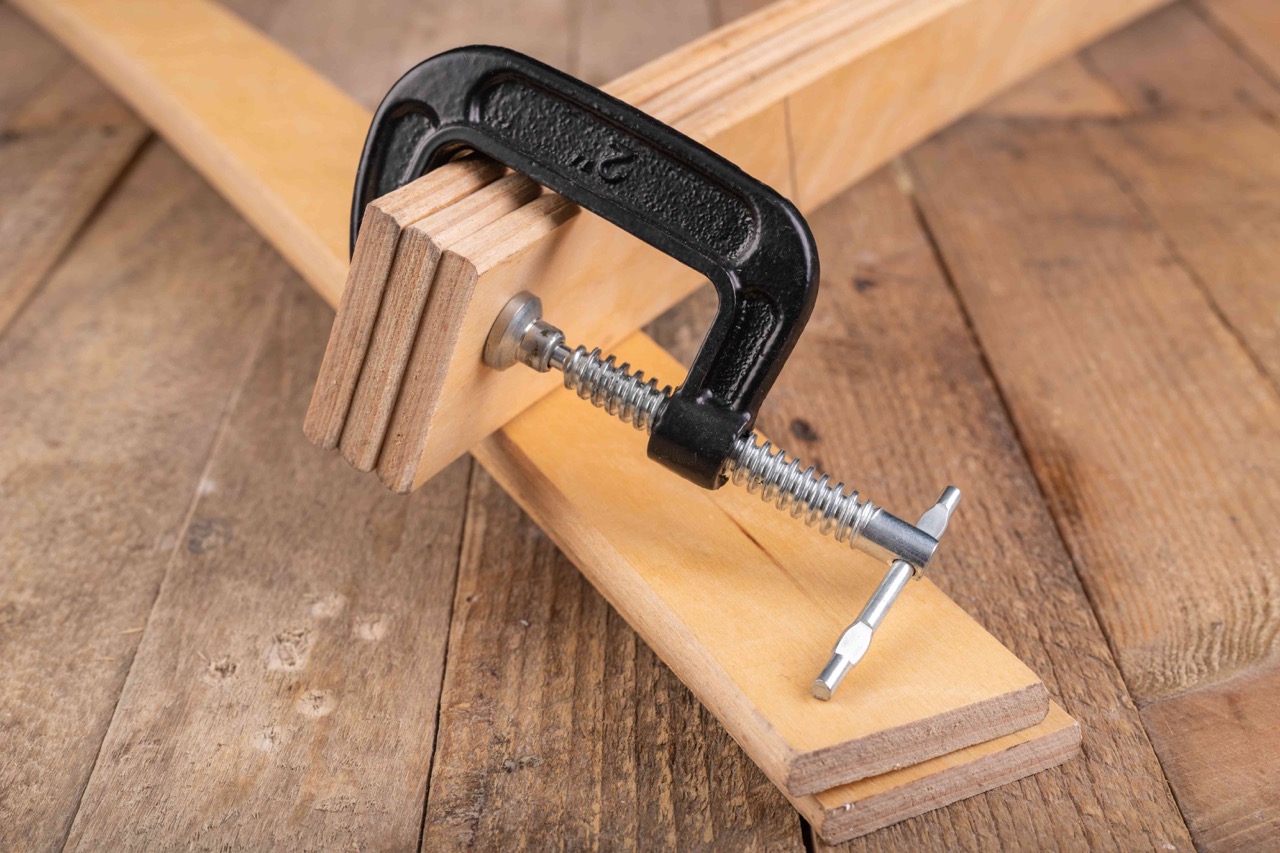
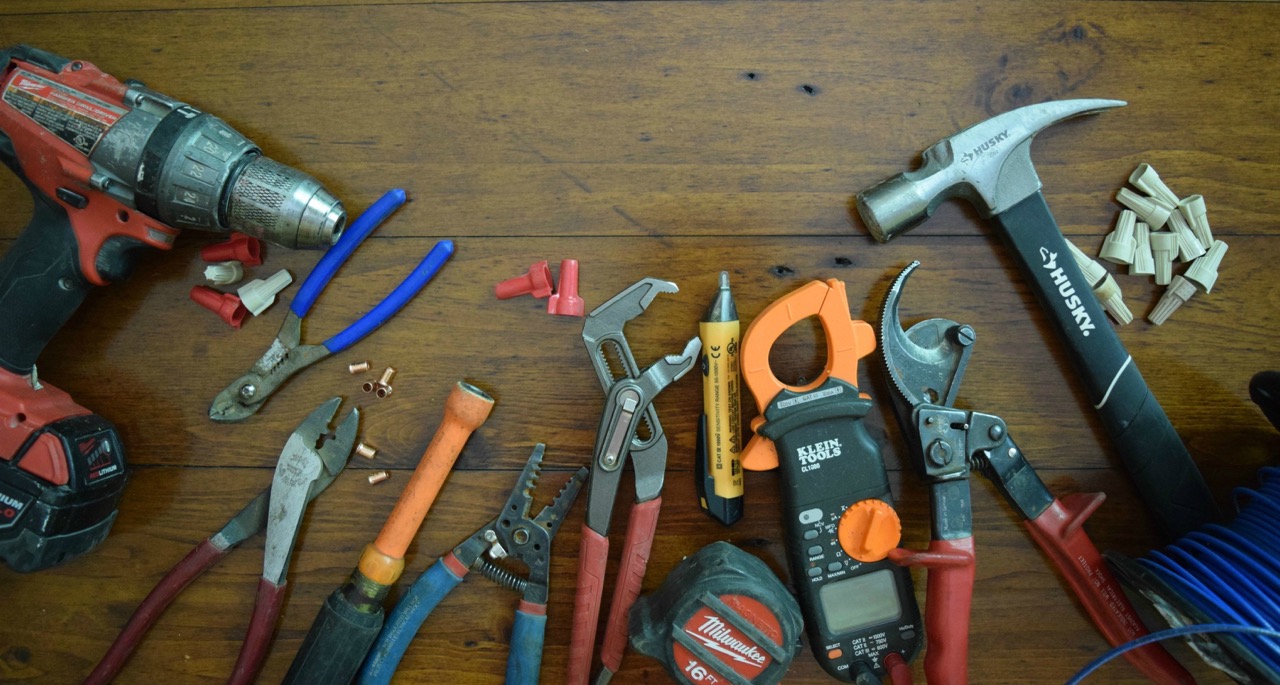
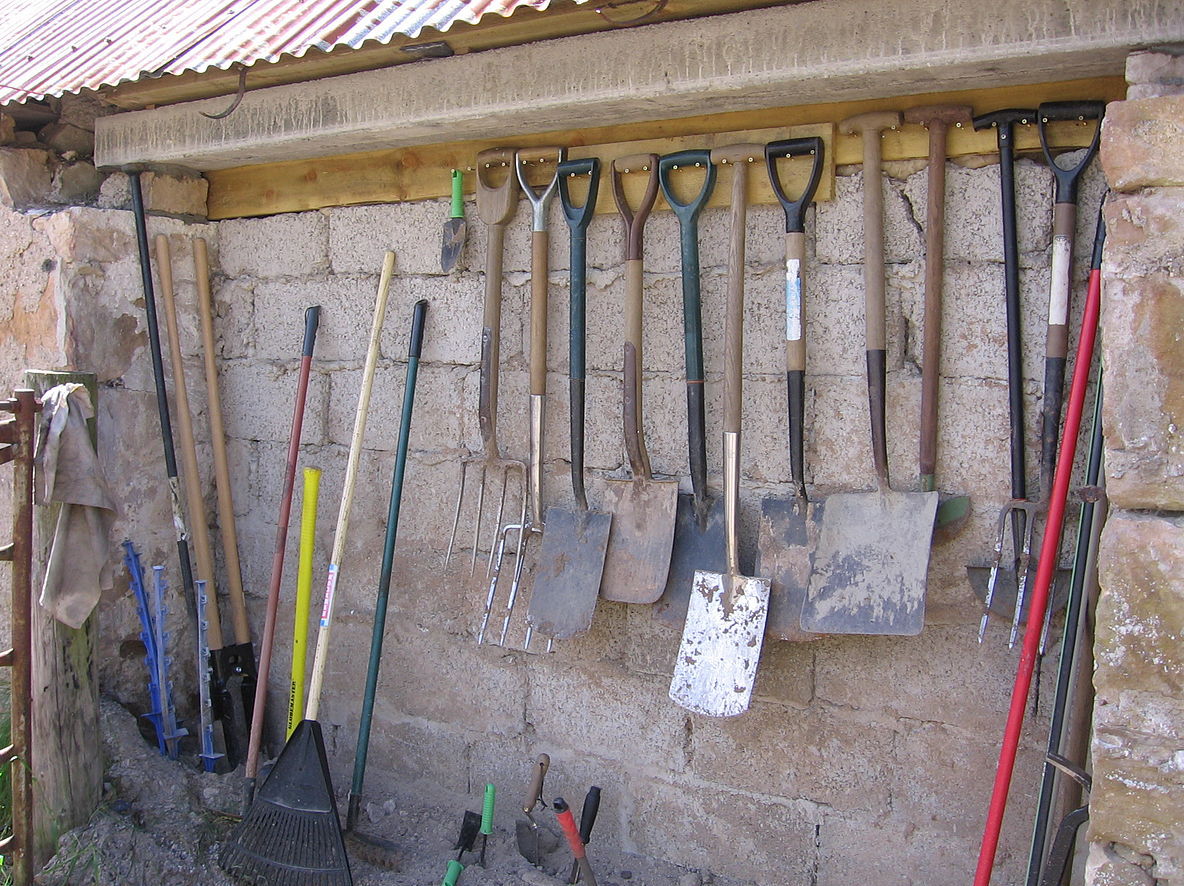
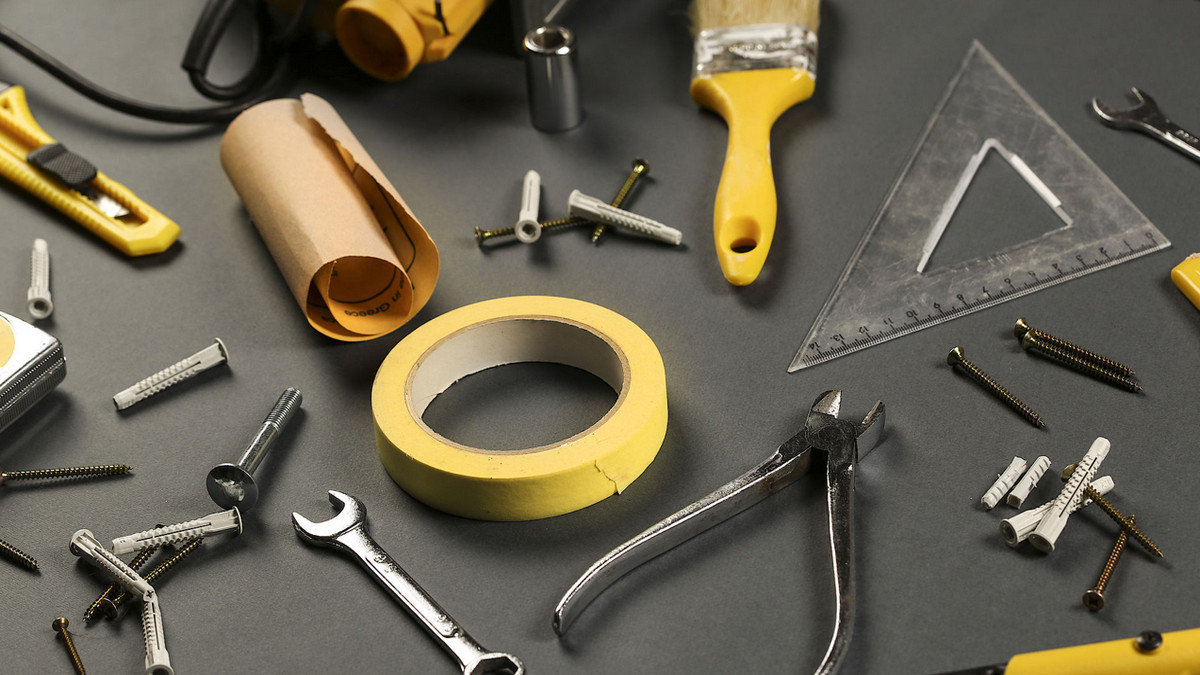
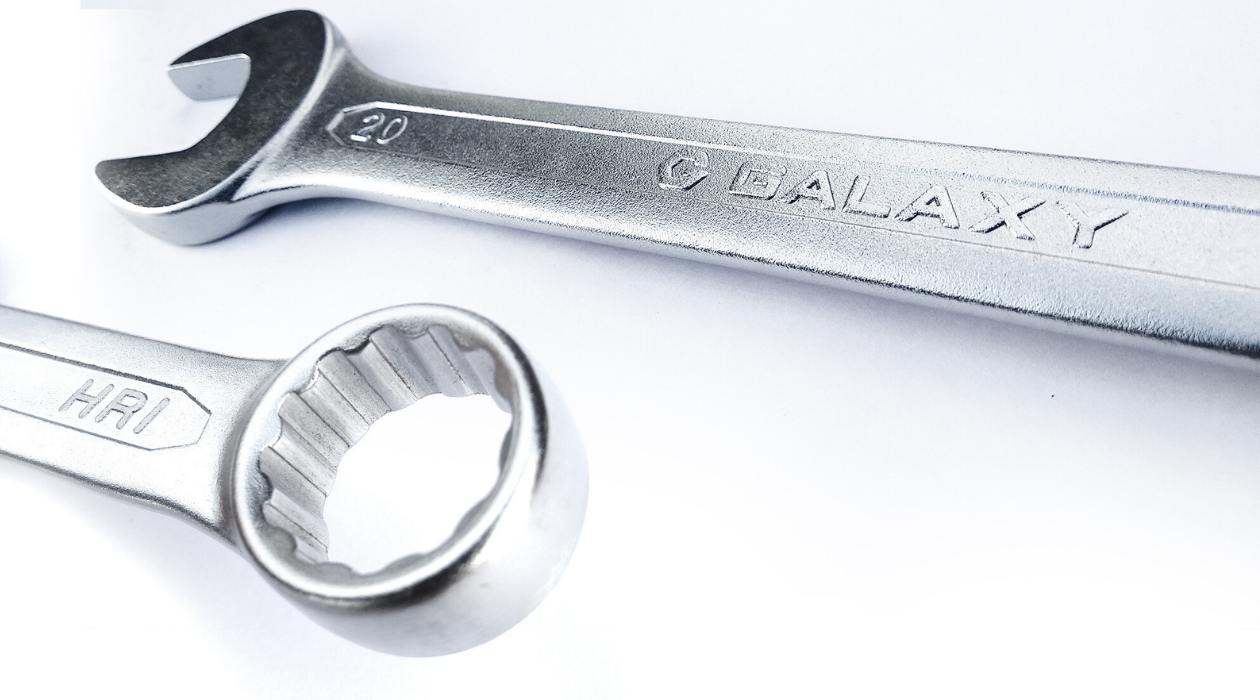
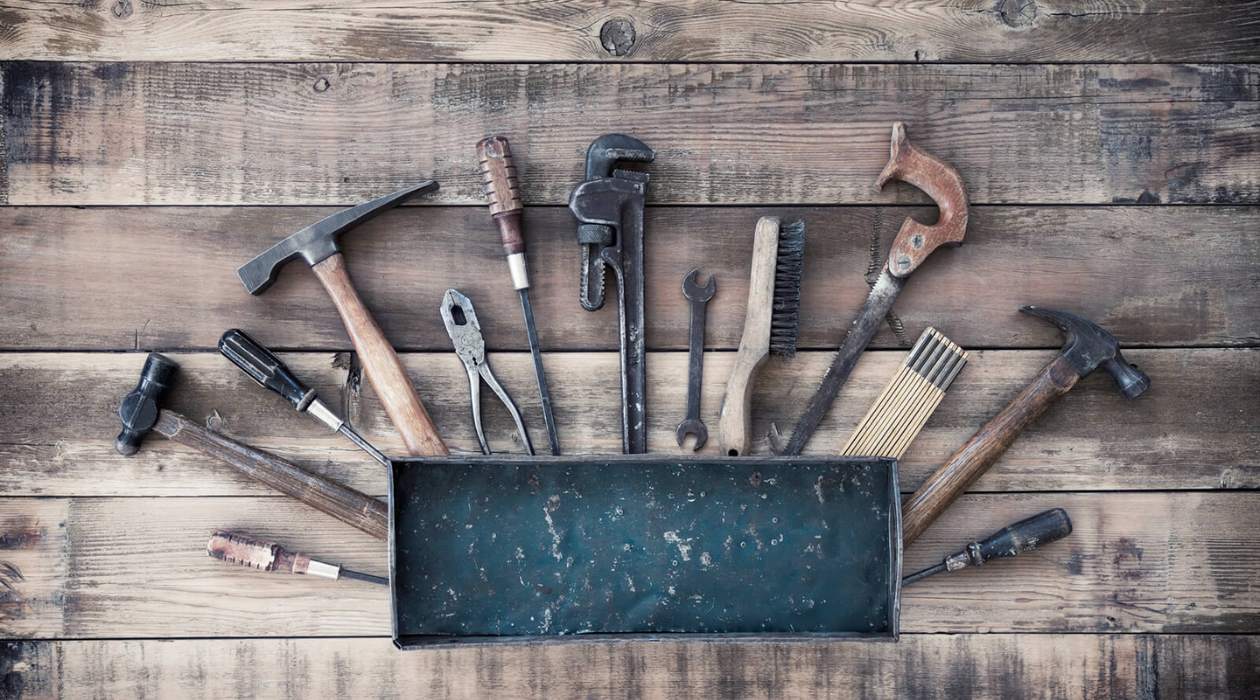


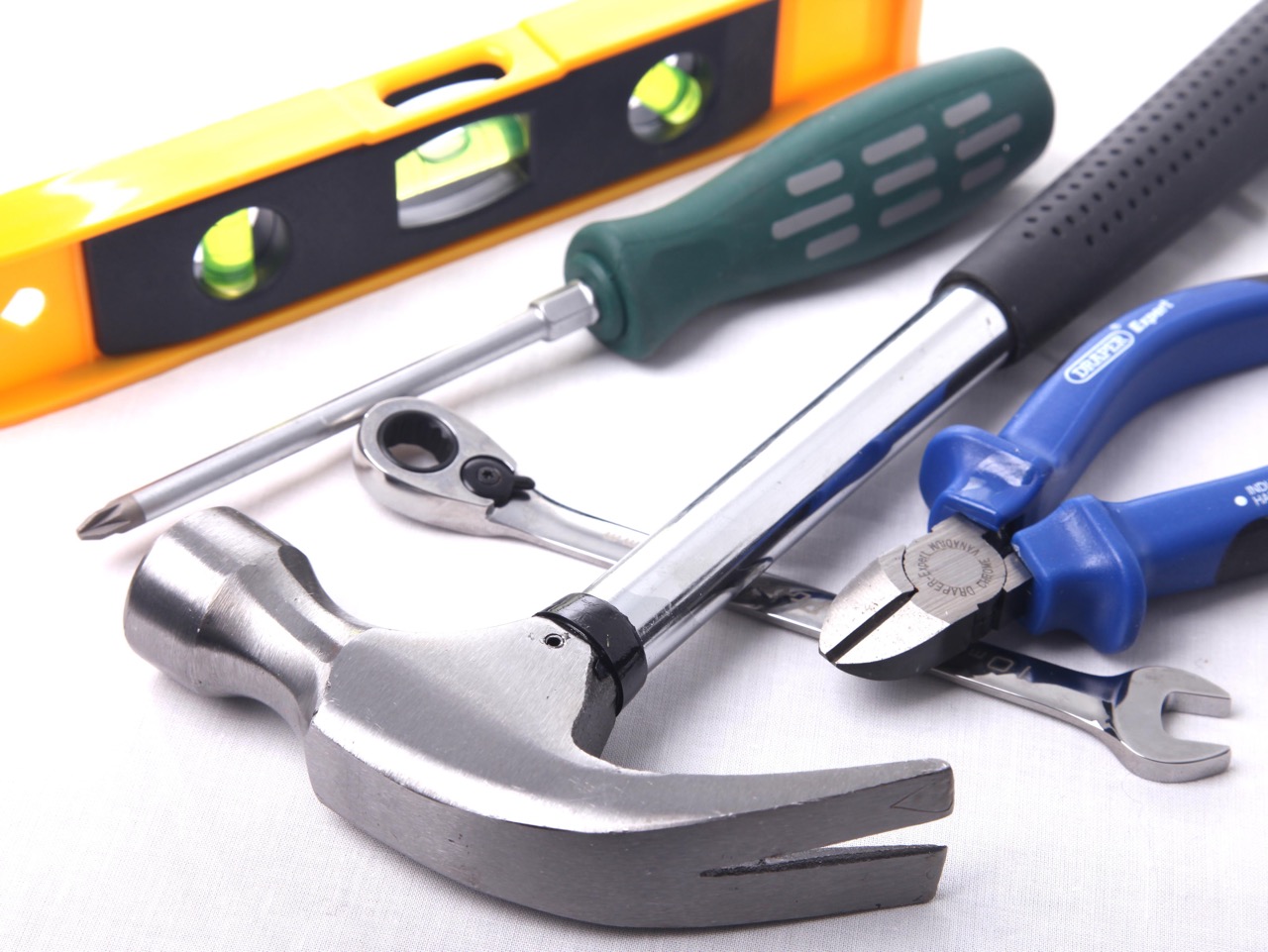
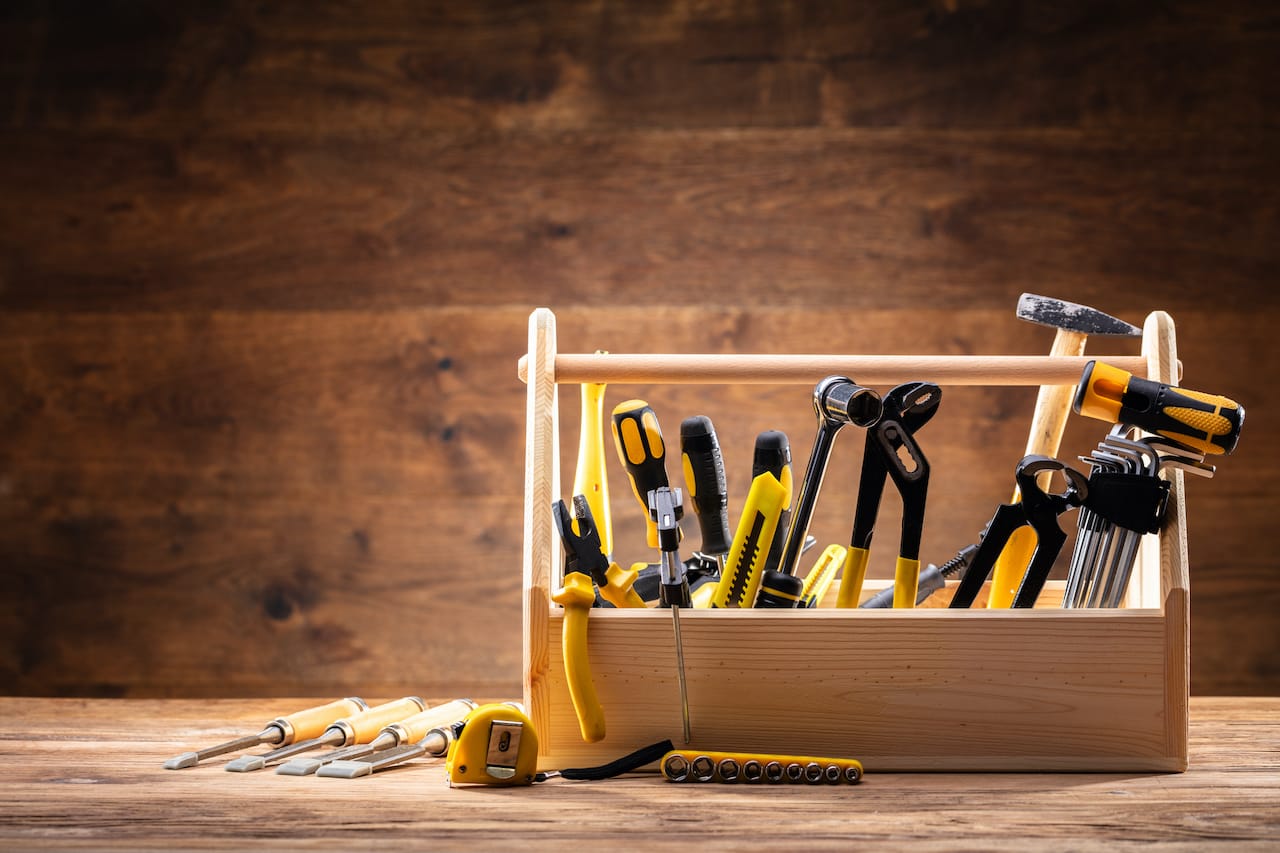
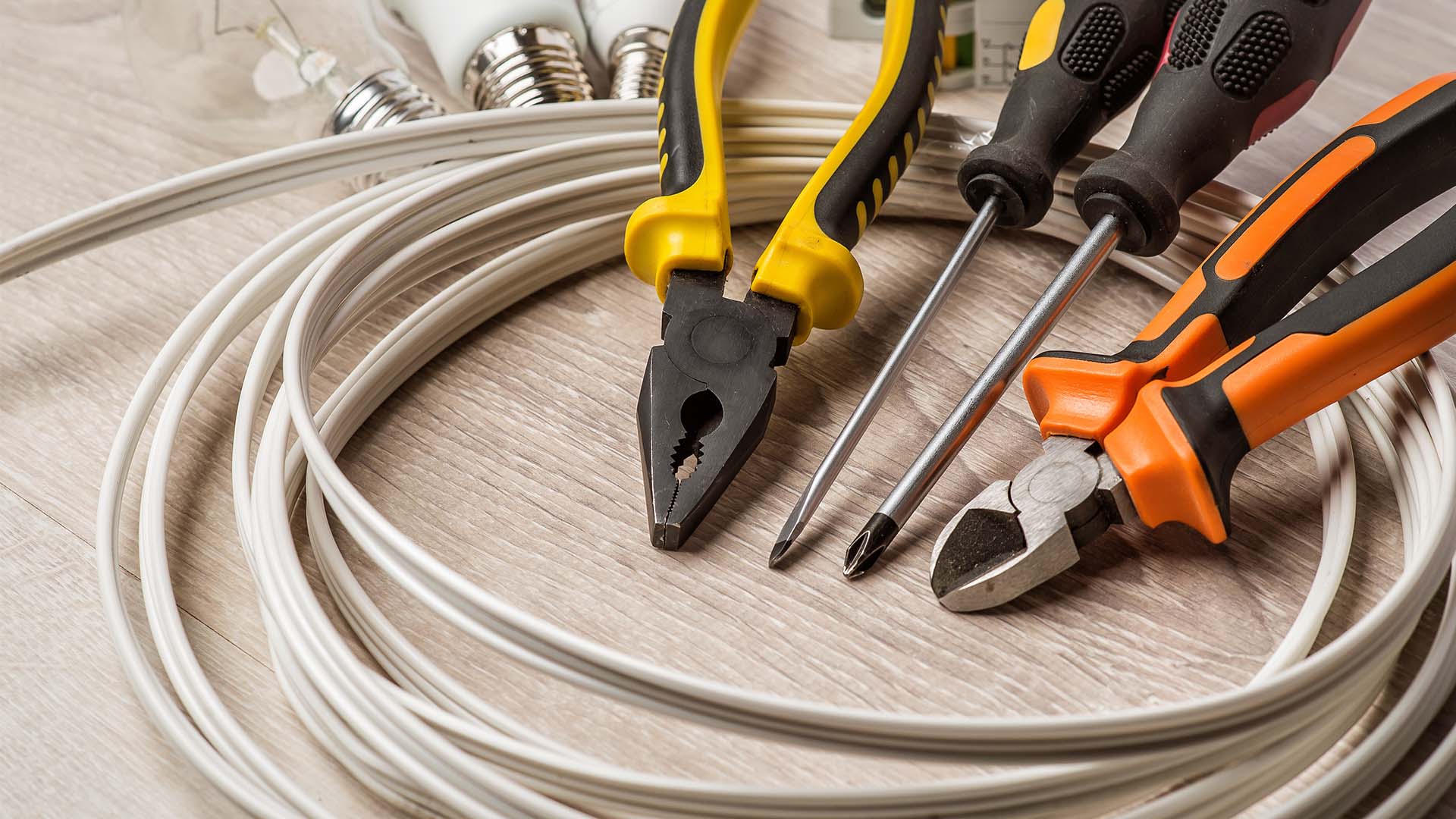
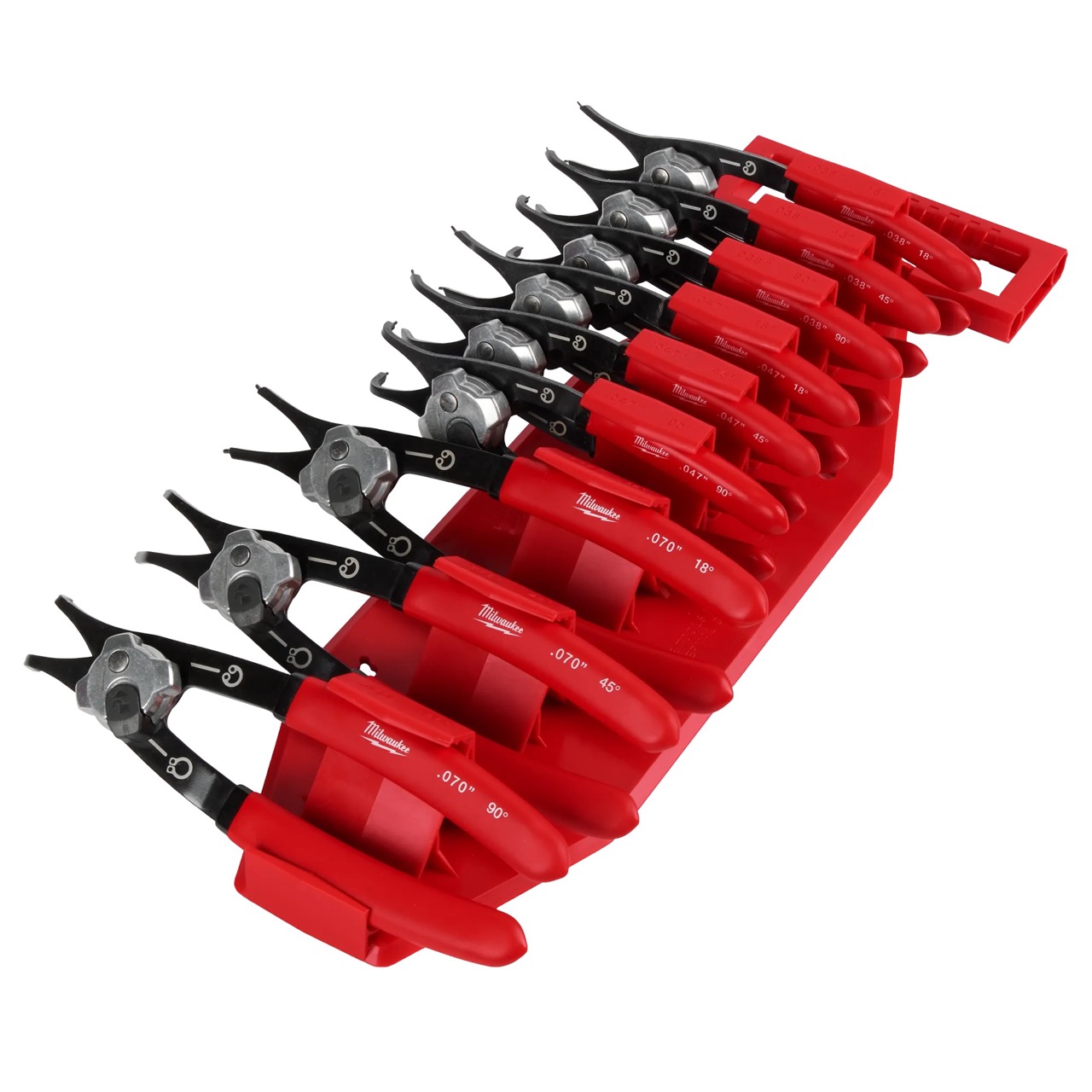

0 thoughts on “How To Clean Hand Tools”